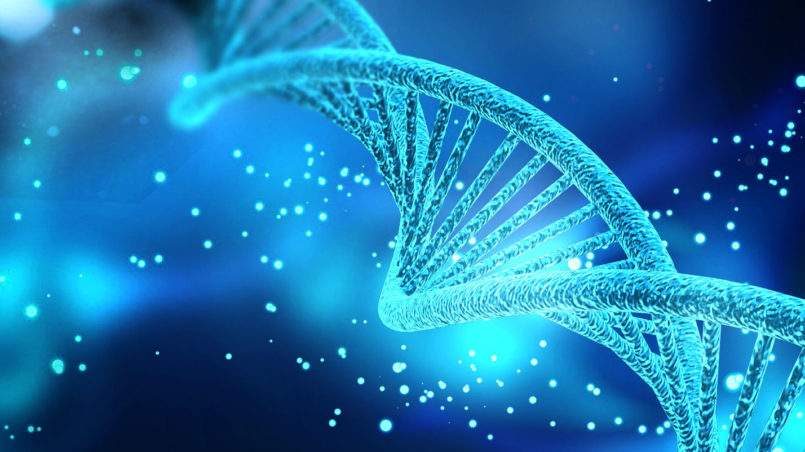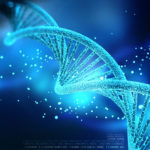Karma = Primordial Information

In the ancient Sanskrit language, the phonetic of the term karma gives us a clear comprehension of what the word “karma” means:
K = action
R = extension of the action in time
M = matter
The process that takes place in the developing of karma is simple: the thought creates the action, the action produces the effect, and the effect leads to a change in the matter. In Hinduism and in many other of Indian’s cults, the fundamental idea of reincarnation revolves around the fact that, through many lives, a person becomes able to break the effect of karma in order to achieve evolution. Therefore, karma can be perceived as an individual purpose.
Let’s take a step backward and have a larger vision. The body is a biological system provided with its own energy. When spermatozoa enters the ovum, the encounter of the two produces light and starts the building of the new matter. For the first three months, it is all about material information only after the Spirit arrives into the body. This usually happens in the third month but it can also take a longer period of time. There are three types of information which we inherit: material, primordial and transcendental.
- Material information passes down physical memories, such as the color of eyes and hair, the shape of the nose, how tall we are, etc. It speaks about the way our body looks like.
- Primordial information passes down the memories of the personality such as a specific habit of a forefather: stubborn, good-natured, altruistic, generous or greedy. These features of the character can be observed in the person since he/she is a little child, so they cannot be acquired by personal experiences.
- Transcendental information passes down instincts that have developed over millions of years. These are the memories of the entire humanity, for example, how the caveman learned to start a fire. It is about our evolution as a species.
This is all written in our DNA, and, more precisely, in our genes.
Karma has its positive sides which are represented by evolutionary behaviour directed towards other people (which I refer to in my previous article “the other of me”) and also negative sides which consist of all egotistical behavior, that which can be considered as being in our personal interest. In our subconscious mind, we bring all these memories that do not belong to us on a personal basis, but those we have inherited from our ancestors. And so another piece in the mosaic of life is explained.
Why? Because “the extension of the action in the time” means that the effects which resulted from my ancestors’ behaviour are still producing consequences. For example, if a person was a greedy man, I manifest the same tendency in my life because I have inherited this trait. So I have to fight against this instinct and have to learn how to act consciously.
The key is to find the harmony between the inside and the outside. The inside is the Spirit whereas the outside is the world that surrounds us. The guidance comes from the voice that we call conscience. It is a development that gushes from an interiour source and the outside provides us with the tools in order to wake up our inner being.
Every time we solve a little piece of karma, we improve. At that very moment it brings light to us and, at the same time, we give a part of this light to the person who originally caused the issue (our ancestors, part of our family tree). The light leads this person to a greater vision. Once someone improves, people who are connected also improve.
Finally, we can assume that karma is the application of the law of cause and effect in the moral world.
Credits
| Image | Title | Author | License |
|---|---|---|---|
 |
DNA_com_GGN | Nogas1974 | CC BY-SA 4.0 |
